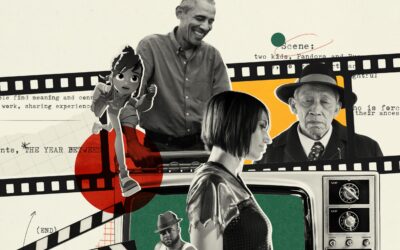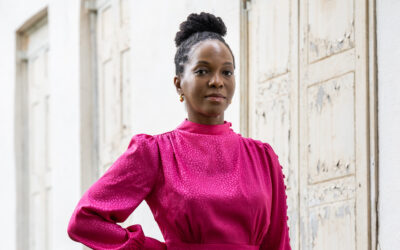Concord Academy and Concord Museum develop a primary source curriculum on the American Revolution


On a sunny day in late July, a group of local educators gathered at the Old North Bridge in Minute Man National Historical Park in Concord, Mass. Referencing period artworks of the Battles of Concord and Lexington, they put themselves in the shoes of the minutemen and imagined how the patriots felt on that fateful day.
This research experience is one of many in the three-year development of an American Revolution pedagogy program spearheaded by Concord Academy history teachers Kim Frederick and Topi Dasgupta P’22 ’25 in partnership with the Concord Museum and the History and Education subcommittee of Concord 250 civic engagement committee.
This summer, they worked closely with curriculum coordinators, a school librarian, and 3rd, 5th, and 8th-grade teachers from the districts of Boston, Lowell, Lawrence, Westford, Lexington, and Concord. Together the group studied primary source materials about the revolution that will be implemented in open-source curricula. Their goal is to use recent scholarship to engage students in more authentic hands-on learning experiences.
The project has been made possible by support from the Town of Concord and the Concord Museum as part of the CA Summer Institute, created by a gift from the Concord Academy class of 1968 on the occasion of their 50th reunion. The class donors’ spirit of generosity and mission to make CA’s imaginative approach to learning available to the masses made the initiative possible.
Frederick shares: “It’s a huge opportunity to work locally and build curricula on platforms that will be accessed nationally, to improve the quality and accuracy of American history and civics teaching.”
Collaboration is a critical ingredient of the community partnership. “Our combined teams bring the best of classroom and museum education pedagogy together in order to be innovative in how we teach history through primary sources and first-hand experiences in the classroom,” Concord Museum Director of Education Susan Foster Jones shared.
This summer, the Teacher Resource group studied at the Massachusetts Historical Society, the Leventhal Map Center at the Boston Public Library, and the Lexington Historical Society. The team also spoke with historian and author Robert A. Gross, and analyzed artifacts on view at Concord Museum.
The Museum’s April 19, 1775, exhibit features one of the two lanterns set in Old North Church to signify the Regulars were coming by sea. “It’s incredible to think that this humble object helped start the Revolutionary War,” Foster Jones said.
Another powerful artifact in the exhibit includes a clock from Buckman Tavern on Lexington Green, where the Lexington militia waited for the king’s troops on the day of the Battles of Concord and Lexington. Educators listened closely to the clock ticking and pictured the countdown to the combat.
“I can’t have you travel in time, but I can give you the sounds of the past,” Foster Jones said. “It honestly gives me chills when I think about it because can you imagine the emotions that you might have in that situation?”
Primary sources are incomplete fragments of history, each representing different viewpoints. When considered together, objects such as those at the Concord Museum, eyewitness accounts, and documentation can come together to form a story.
“Every historical event can be seen from multiple perspectives with many stakeholders, and we are trying to open up the standard narrative to more accurately center history’s inherent multiplicity,” Dasgupta said. She thinks of the classroom as a studio where she encourages students to use their authorial voice to re-frame history so that it’s alive in our present-day contexts.
Frederick says her favorite part of the project so far has been working through challenges with the Teacher Resource group, including considerations of time and space limitations in the classroom. “It was fascinating and made me even more so appreciate the complexity and difficulty of the work that these teachers do,” she said.
Dasgupta added that expanding the historical canon has been a highlight of the process: “We were struck by both the expanse and diversity of stories of the American Revolution that have surfaced in the historical scholarship of the last decade and the scope and variety of needs and aspirations that teachers have to offer those stories to students.”
In summer 2024, Dasgupta and Frederick will continue their partnership with the Concord Museum to work directly with teachers from throughout the Commonwealth to help them build lesson plans. The finalized resources will be published in 2025 to celebrate the 250th anniversary of the American Revolution. This exciting new curriculum will allow students of all backgrounds to view the War of Independence through the lens of the people and places who shaped it.



